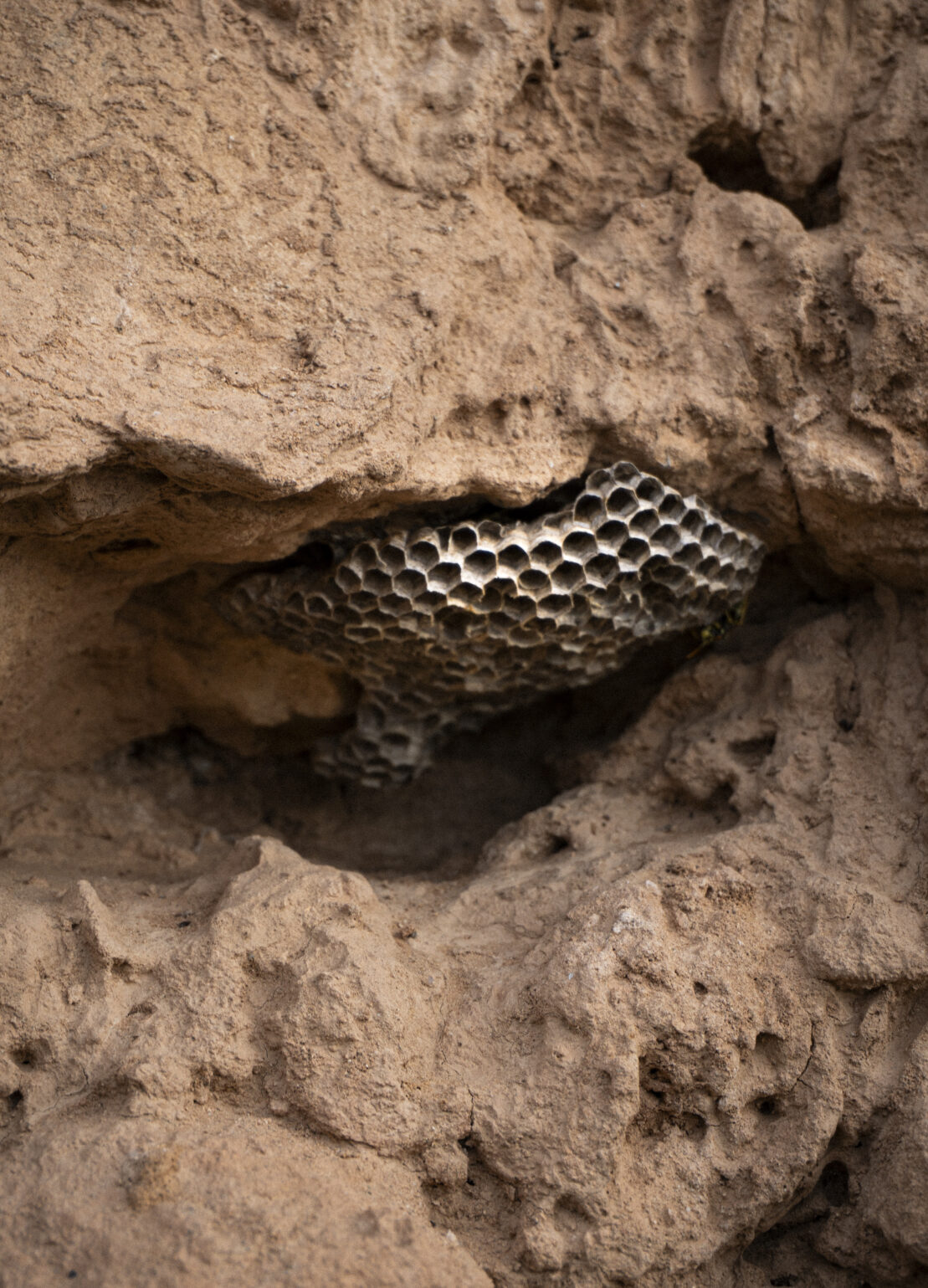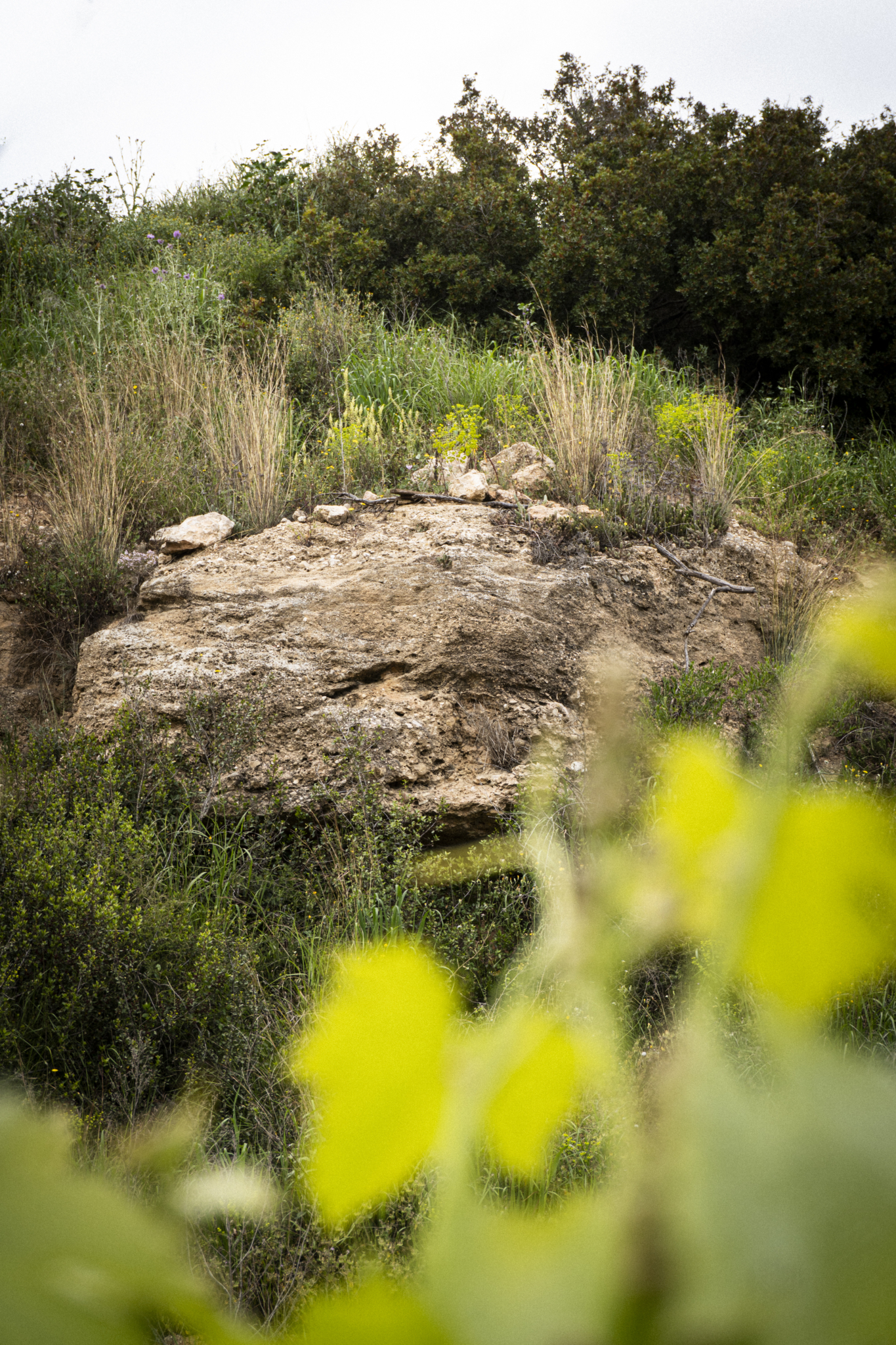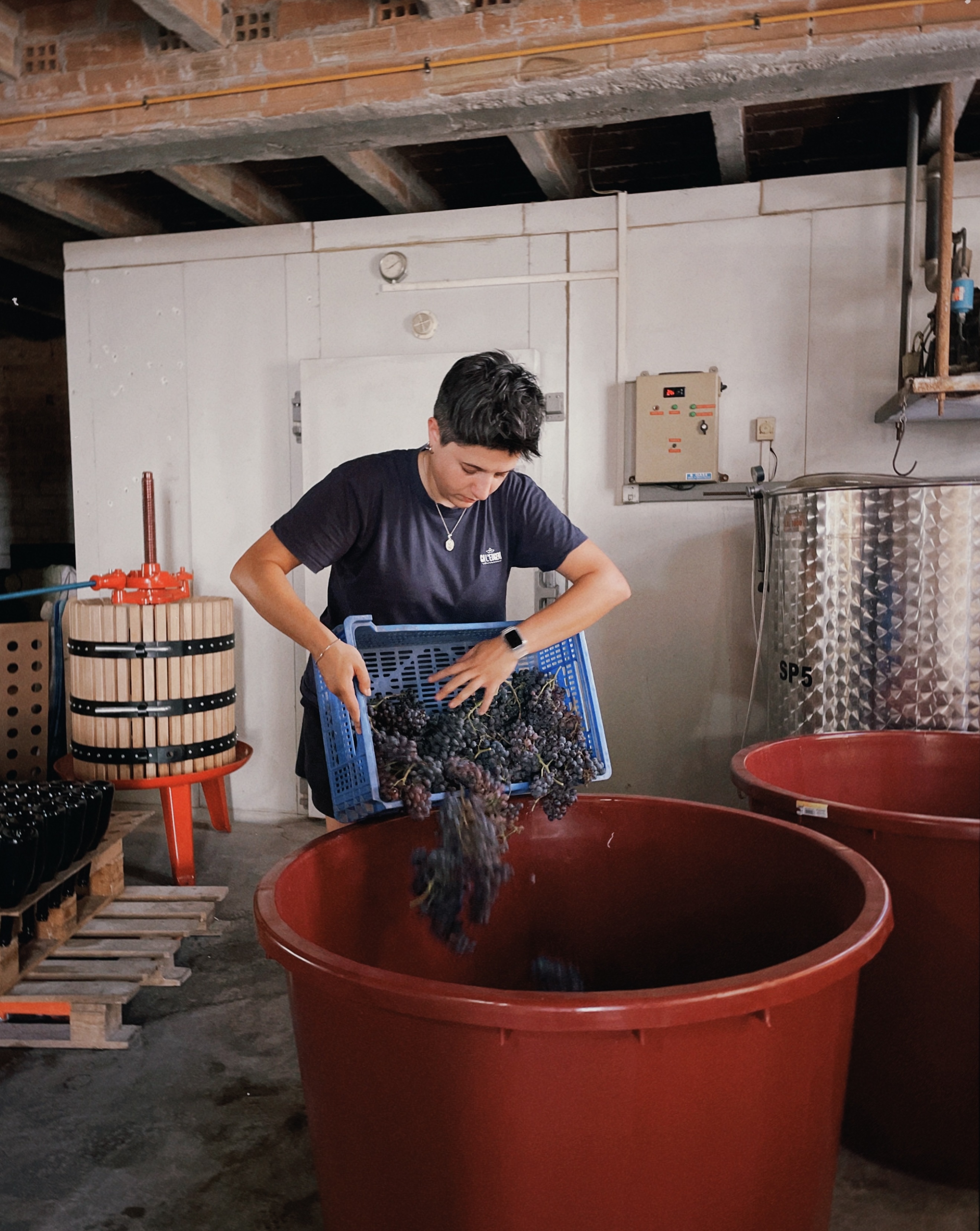
Landscape is always the interpretation of a gaze. Without gaze, there is no landscape. The significance it acquires for us is not based on its aesthetic beauty, but on the gaze we cast upon it, unique and unreproducible.
When we talk about interpreting a gaze, we are referring to the result of internalizing a perception of things, of understanding the gears of nature, the relationships that move people and their communities, the expression of a very specific economic and cultural geography and, ultimately, that of a way of life. Without gaze, there is no landscape. The significance it acquires for each person is not based on its aesthetic beauty, but on the look that one casts at it.
The landscape of Els Borrulls is a cultural and natural construction in the north of Penedès; an agricultural place at the end of everything, between the slopes of Bitlles and the Anoia basin, which coexists without any tug-of-war with the wild nature that emerged from the waters more than 16 million years ago. It is our little homeland.
The history of Els Borrulls comes from a long time ago. Can Romeu dels Borrulls was the manor house and former estate of one of the Seven Wise Men of Greece, Francesc Romeu. Els Borrulls was, and still is, a toponym for the physical context surrounding the estate, part of which is, today, the Ca l’Eugeni estate. The name of Borrulls refers to the geographical features of the landscape of Can Romeu, near where the Riudebitlles flows into the Anoia. Els Borrulls are the result of the fit in the relief of these two watercourses: the narrow and closed valley of the Bitlles and the open basin of the Anoia, and the trail of torrents, small mountain ranges and depressions that the river has shaped along its path and which has ended up building a broken and discontinuous landscape of vineyards, olive and peach groves, cereals, orchards and forests.
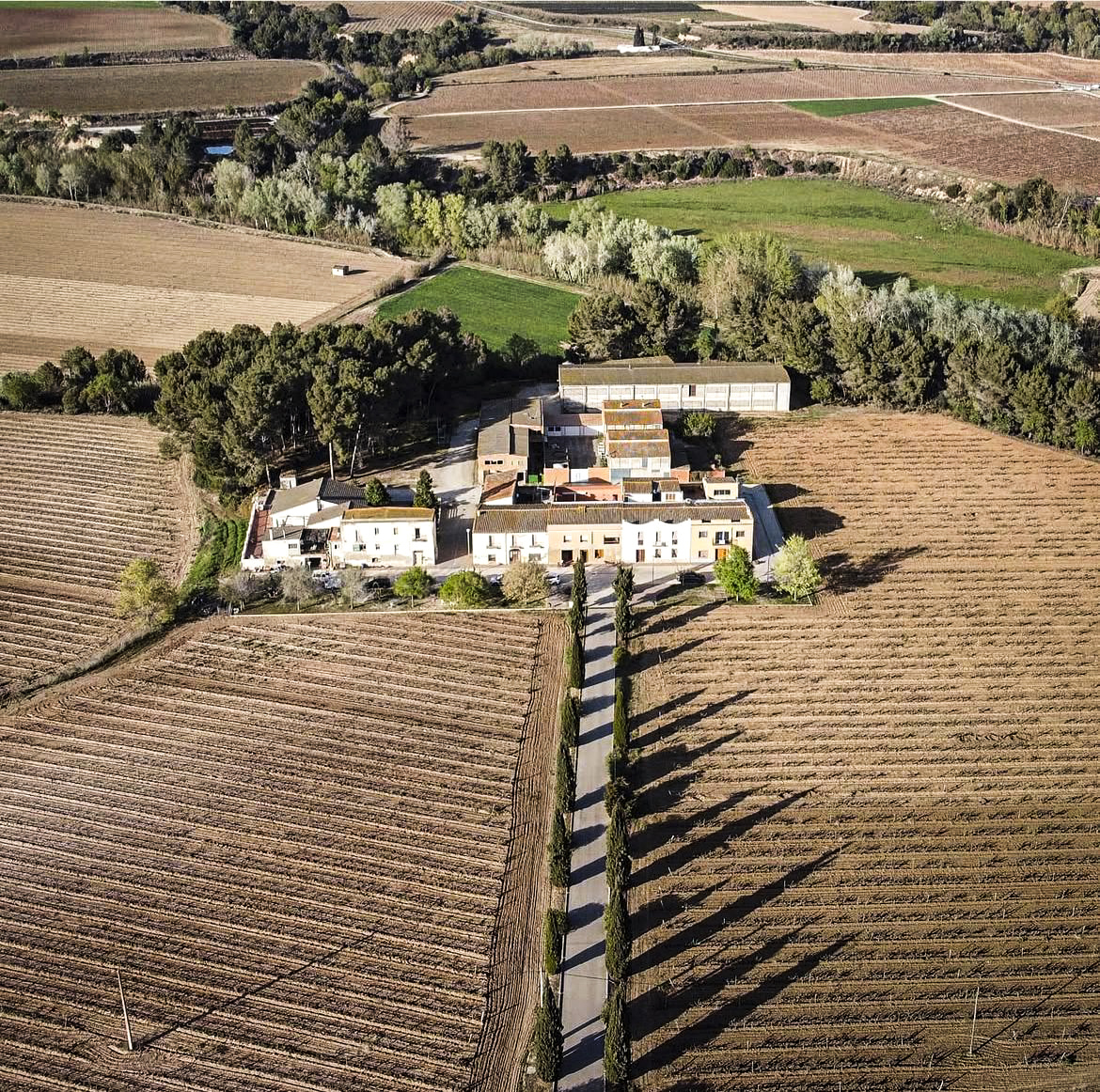
This is Can Romeu dels Borrulls. A very small rural village in the north-eastern Penedès. Forget about it: it doesn't appear on maps in big letters and those who say we are a neighbourhood of Sant Sadurní are because they have never been past Can Ferrer II —and there's no need to.
Although appearances can often be deceiving, Can Romeu is just what it seems, six houses and a dozen inhabitants – or souls, that depends on the time of day. Ordinary people live here, sometimes a bit peculiar, who enjoy the taste of living in their own way. There is always someone on the street, working. The houses are wide open. In the summer you can enjoy the cool air. The older ones tell stories of the war. The younger ones are forbidden to go near the timba. In the small forest they always make some delicious asparagus. Every now and then, a street vendor passes by. And often, when there is a storm, the power goes out. And nothing happens.
If you are patient, and you sit there long enough, sometimes something extraordinary happens. Only sometimes. Here, near the border with Anoia, we are at the end of everything, where the map ends. Very little reaches there. End of the line, they tell us. As if we were, still, at the beginning of time. Or at the end, depending on how you look at it. Maybe that is also why they tell us that we are a bit like "that way". In that way that we call having a bit of character and being from Can Romeu dels Borrulls.

It is very difficult to commit body and soul to a job that never depends solely on us. Because the grape belongs more to the sky and the earth than to us. That is why we never lose sight of the suffering that our job consists of, which is also our life, because living and making wine, it is all the same, is invoking everything that is still worth suffering for.
In addition to five pieces of Mediterranean and riverside forest, and about six hundred Arbequina and Arbosana olive trees, the Ca l'Eugeni estate includes twenty-four hectares of vineyards planted only with local varieties. Of the fifteen plots on the estate, we only make wine from a part of them: Serral del Gurugú and Clot dels Borrulls.
Serral del Gurugú is a place of terraced vineyards nestled high in the mountains where red Xarel·lo and red Grenache vines coexist. We planted the Grenache in the lowest and sunniest part, two hundred meters above sea level, which follows the course of the Torrent del Llop, seeking the acidity in the sun and that touch of dry grass that places the wine in its landscape. A memory that emerges from the silt, sand and gravel, and the way the vines struggle to survive in an alluvial soil that has no desire to be kind. A wild and silent, enclosed landscape, where you have to want to get there to get there.
The red Xarel·lo, higher up, at two hundred and fifty meters, resists the winds of the Conca d'Òdena on top of a very shallow petrocalcic horizon. In the Serral del Gurugú it becomes a stubborn variety: it is never in a hurry. Its virtue is patience, which gives us a lively, precise and austere acidity, and a minerality that gives nerve and tension.
Clot dels Borrulls is an alluvial deposit that is located high in the mountain range. An accumulation of geologically very young sands, silts and pebbles, sedimented in a hollow in the ridge, facing Sant Creu de Creixà and Montserrat at the bottom. Ninety meters deep, there is an aquifer of water that drinks from the runoff of the Serral del Gurugú and the rest of the mountain range. It is here that the youngest red Xarel·los on the estate grow.
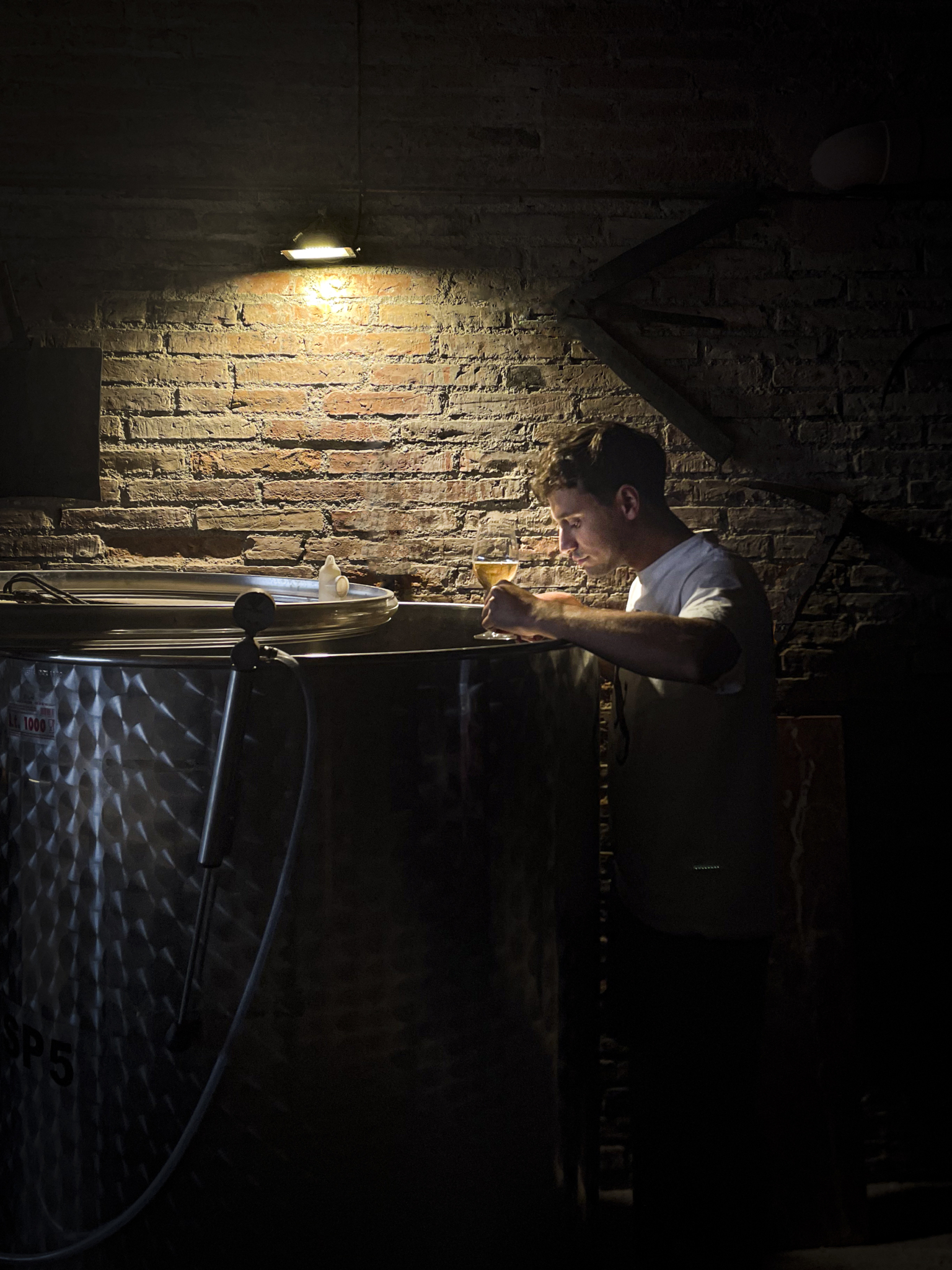
At Ca l'Eugeni we like to say that our winery is not a hermetic refuge, but a natural extension of the landscape and, above all, of our home table, a discreet but persistent extension of our way of life.
Ca l’Eugeni is where we live and make wine in an indissoluble way. It is our habitable landscape. The place where doing and being are confused until they become one thing, often very difficult to explain.
“Making wine is the art of not disturbing it. It has no mystery” that’s what my grandfather used to say. For us, making wine is, more than an artistic skill, a disposition of mind. We like to think that wine is born from the circumstances of a place and a vintage. And that our role is simply not to spoil it. Not to do more than is necessary. Not to do everything that the wine has never asked of us. Minimal intervention, that’s what we say now. For our grandparents, common sense.
We insist on intervening little because for us the most important thing is to give the grapes all the time and space they need to explain themselves. And for this, above all, we need to know how to listen. Let the grapes be what they should be. With all the baggage they themselves carry from the vineyard, that is, the circumstances of the place and the vintage.
And, in the meantime, all we can do is prune, manage the plant covers, harvest, remove a foot of vat for spontaneous fermentation, become aware in the cellar and resist the temptation to intervene in what nature already does much better than us.


